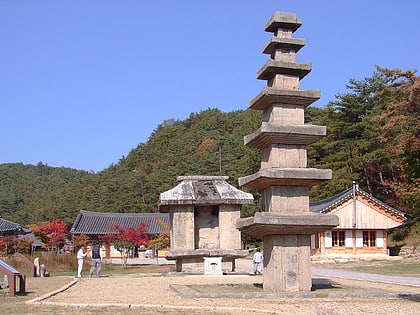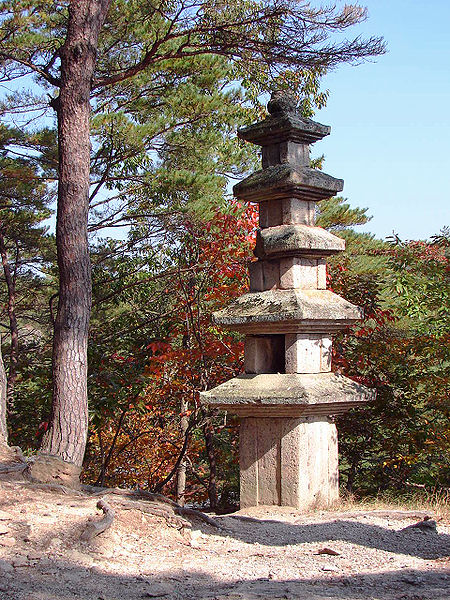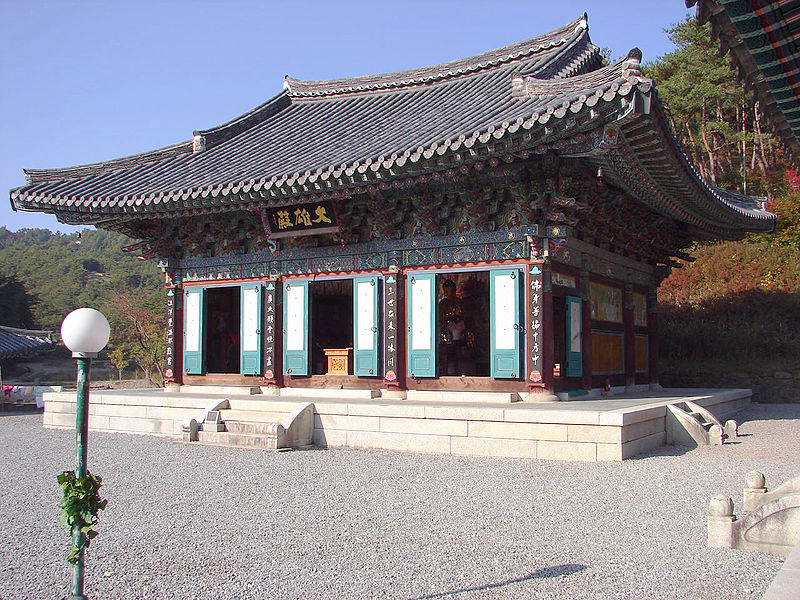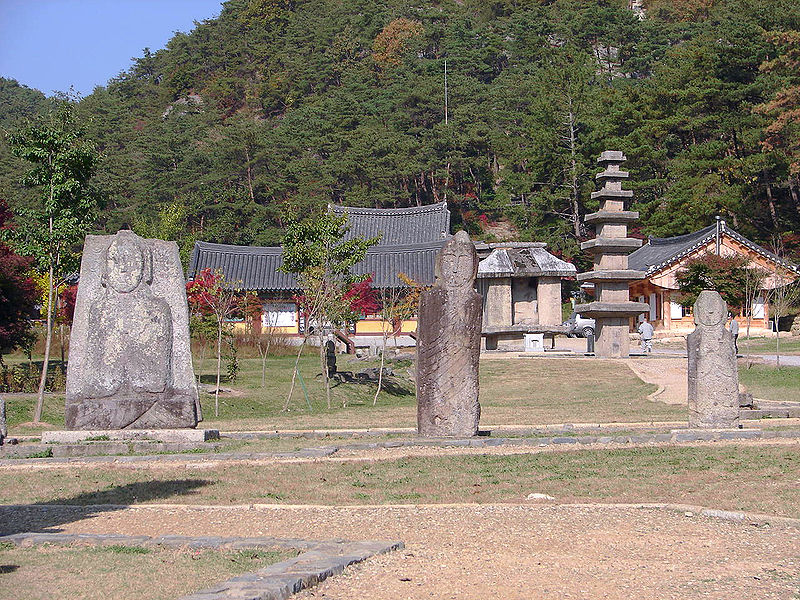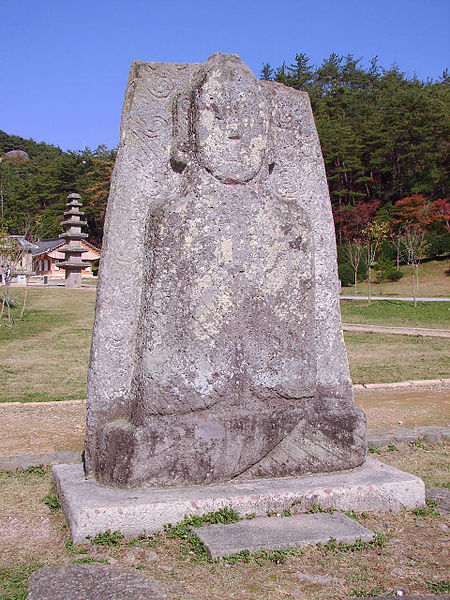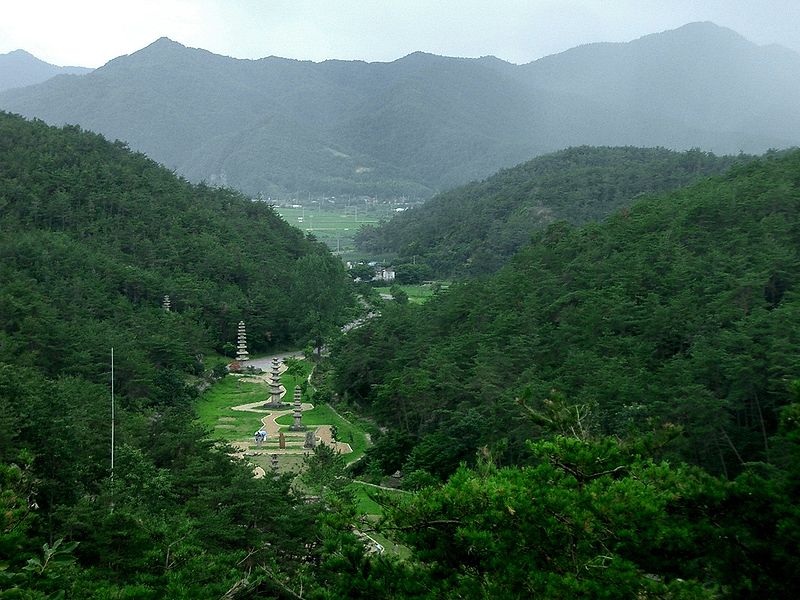Unjusa
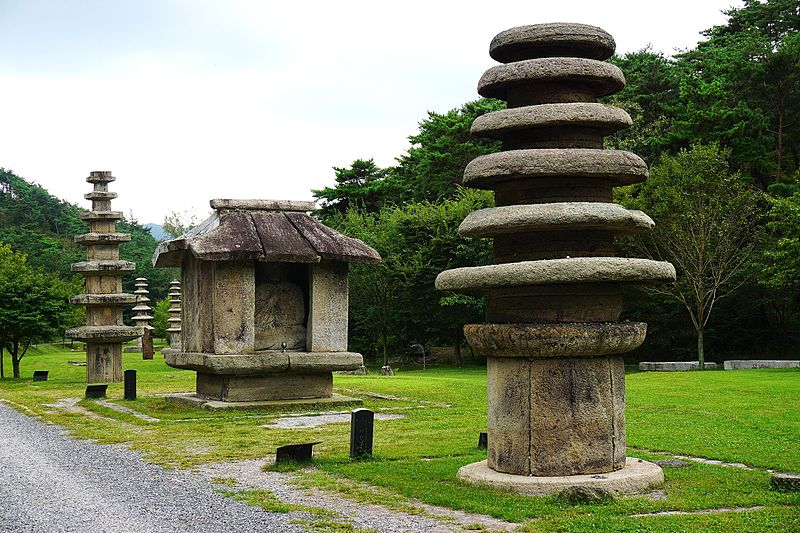
Facts and practical information
Nestled in the serene landscape of Hwasun County, South Korea, Unjusa is a unique temple that captures the imagination with its mysterious collection of stone statues. Unlike any other temple in the country, Unjusa is renowned for its vast array of stone Buddhas and pagodas, the origins and purposes of which are shrouded in enigma.
The temple dates back to the Goryeo Dynasty, with historical records suggesting it was founded in the late 9th or early 10th century. Unjusa stands out for its unusual stone sculptures—over a hundred in total—which include Buddhas lying in repose and towering pagodas, some reaching several meters in height. The craftsmanship and scale of these sculptures raise questions about the technology and methods used to create them during that period, as well as their symbolic significance.
Visitors to Unjusa are greeted by the tranquil atmosphere of the temple grounds, which are surrounded by lush forests and rolling hills. The site offers a peaceful retreat for reflection and meditation, as well as an opportunity to marvel at the artistic and religious heritage of Korea.
One of the most famous features of Unjusa is the pair of twin pagodas, which are a rare sight in Korean Buddhist architecture. Historians speculate that the temple may have once aimed to construct a thousand Buddha statues and a hundred pagodas, though the reasons for this grand project—and why it remained unfinished—remain a mystery.
Today, Unjusa continues to be a place of worship and a fascinating destination for both pilgrims and tourists alike. Its unique stone figures have earned it a place on the tentative list of UNESCO World Heritage Sites, further highlighting the temple's cultural and historical importance.
Unjusa – popular in the area (distance from the attraction)
Nearby attractions include: Dolmen, Gochang.
